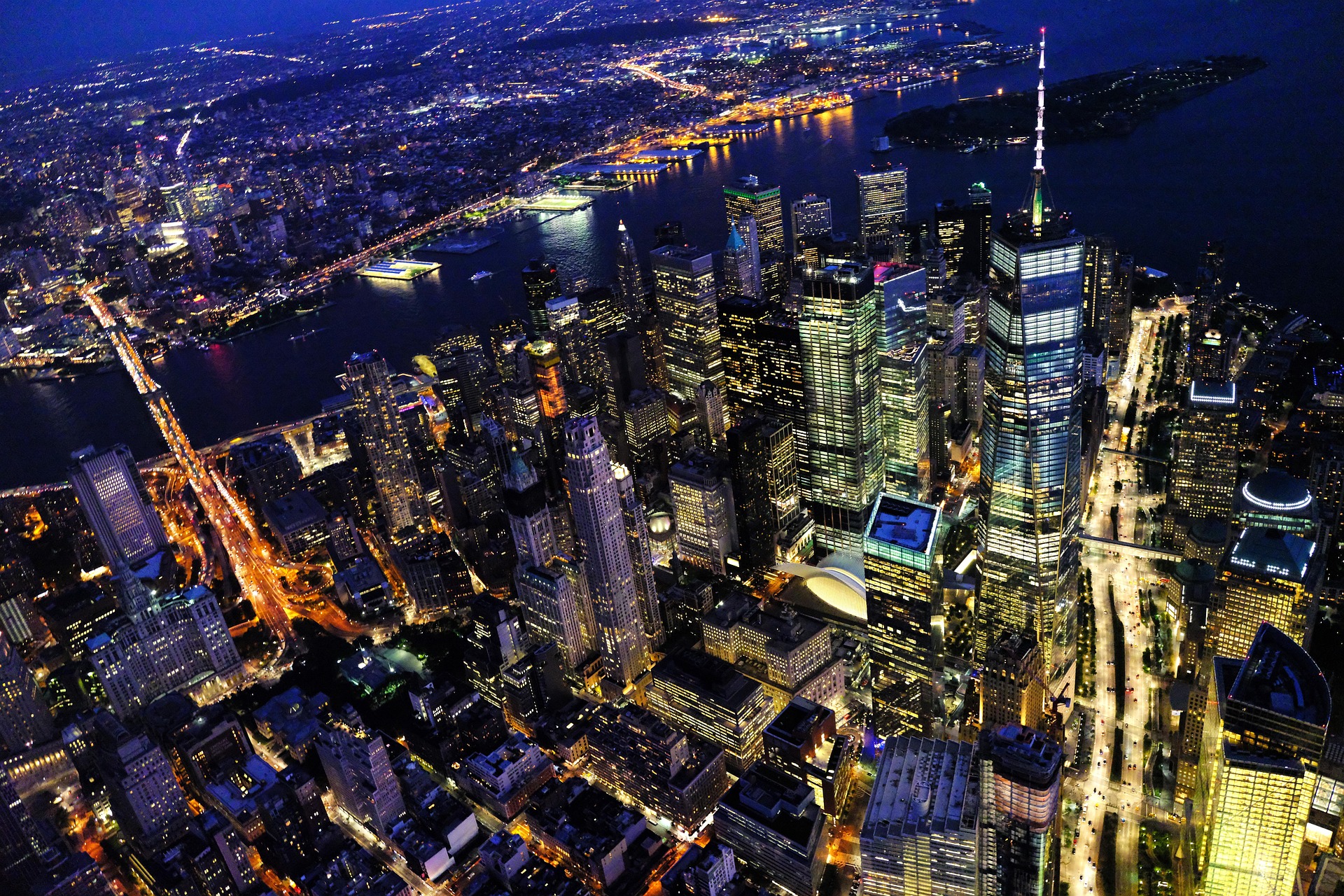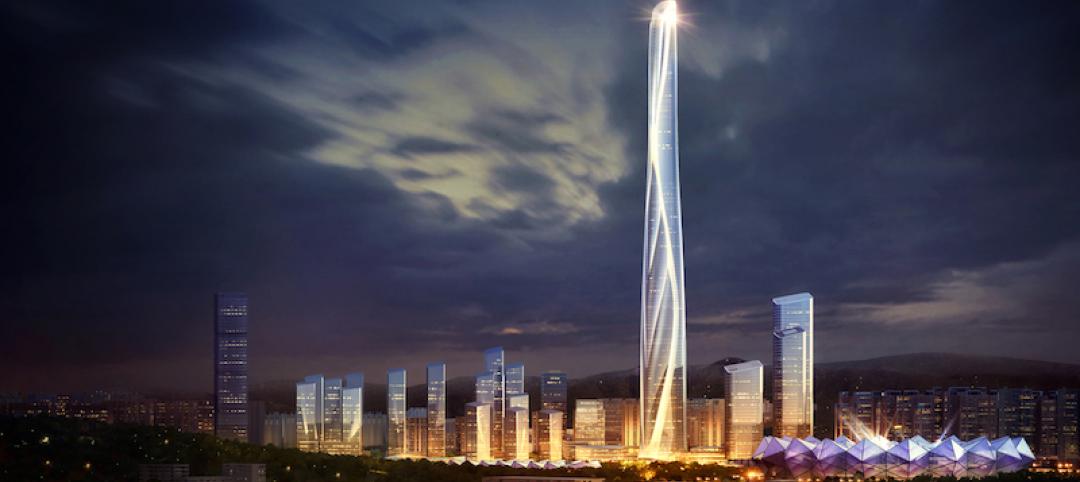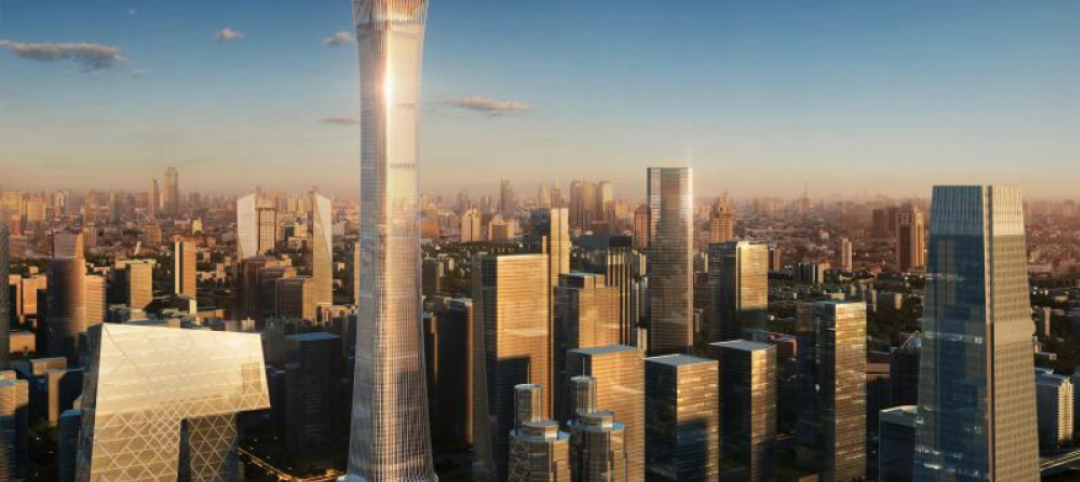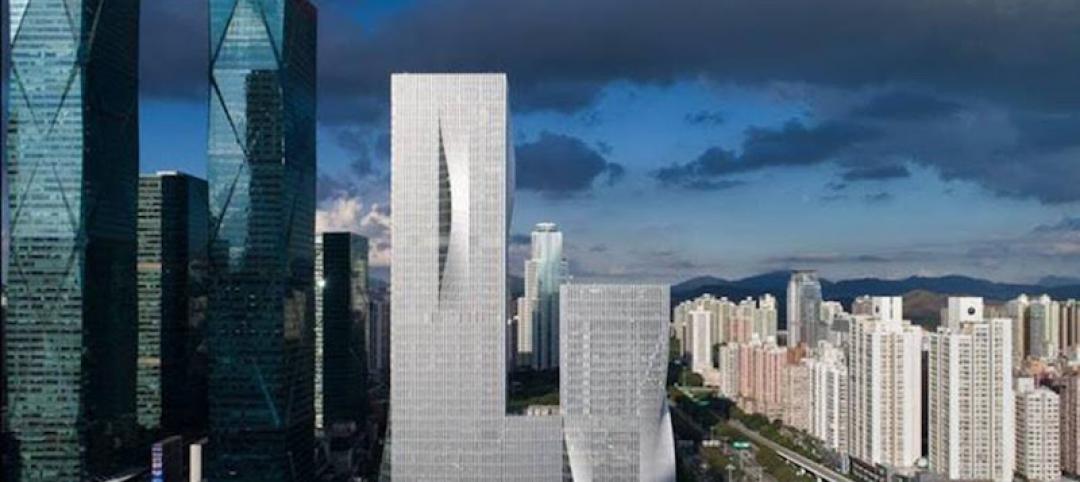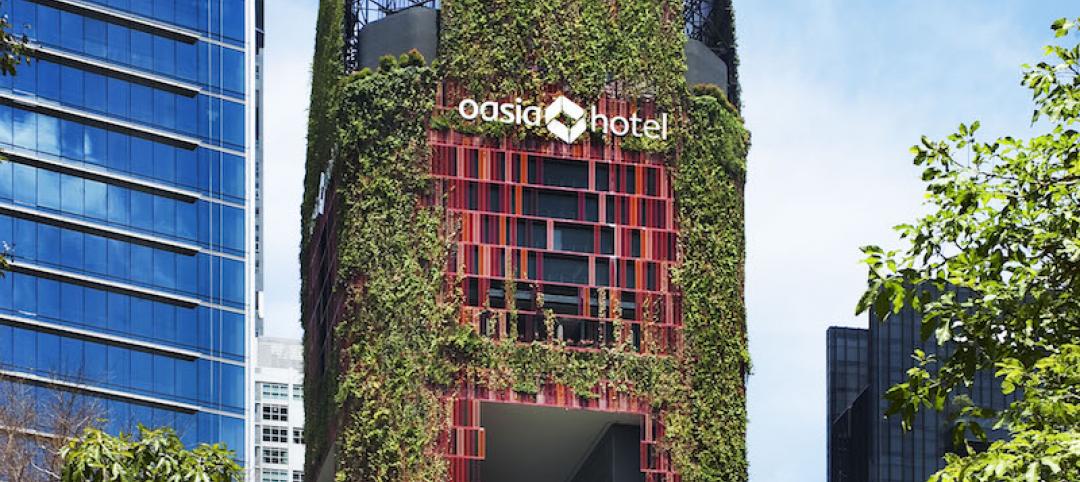nZero, developer of a real-time carbon accounting and management platform, is offering free carbon emissions assessments for buildings in New York City.
The offer is intended to help building owners prepare for the city’s upcoming Local Law 97 reporting requirements and compliance. This law will soon assess monetary fines for buildings with emissions that are in non-compliance.
Nearly 20% of properties are currently over the Local Law 97 caps set for 2024, while about 76% of properties are over the caps set for 2030, according to a nZero news release. “The Real Estate Board of New York (REBNY) estimates 3,700 properties could initially be out of compliance and face over $200 million per year in penalties—this could exceed $900 million annually by 2030,” the release says.
Local Law 97 introduces GHG emissions requirements on buildings over 25,000 sf, and two or more buildings on the same tax lot with a combined size exceeding 50,000 sf. The non-compliance penalty is $268 per metric ton, with the largest non-compliant buildings estimated to be facing fines greater than $100,000 per year. Initial reporting is due May 2025.
“Every building at a certain size will need to meet the new Local Law 97 emissions regulations, but you can't act on what you can't measure,” says Josh Griffin, co-founder and chief policy officer of nZero. “The key to avoiding penalties in May 2025 is early action. Our free assessment helps buildings benchmark emissions now, see what their footprint will look like under the new reporting standards, and offer a decarbonization roadmap based on their unique needs.”
Related Stories
High-rise Construction | Jan 14, 2019
AS+GG-designed tower will be the tallest in China
The tower is at the center of the Shimao Longgang Master Plan.
High-rise Construction | Jan 10, 2019
Indoor-outdoor amenities open leasing value at a San Francisco skyscraper
The amenities that set this 605-foot-tall building apart are its 50,000 sf of outdoor and open spaces that include 14 skydecks and large terraces on its 12th and 28th floors.
High-rise Construction | Dec 13, 2018
Record number of 'supertall' towers were completed in 2018
Citic Tower in Beijing and Vincom Landmark 81 in Ho Chi Minh City are among 18 "supertall" skyscrapers completed this year—a record number, according to the Council on Tall Buildings and Urban Habitat.
High-rise Construction | Aug 27, 2018
The world’s tallest buildings with dampers
The CTBUH created the list as part of a recent study.
High-rise Construction | Aug 8, 2018
Bjarke Ingels Group’s new Shenzhen tower includes a folded building envelope
The new skyscraper is the home of Shenzhen Energy Company.
Multifamily Housing | Aug 7, 2018
Even after redevelopment, the iconic 'Chicago Tribune' sign will remain at 435 N. Michigan Ave.
The newspaper and the building's new owners reached a settlement.
Lighting | Aug 1, 2018
Willis Tower upgrades antenna lighting
The new lights will save Willis Tower more than 70% in antenna-lighting energy costs.
High-rise Construction | Jul 31, 2018
A 350-foot waterfall splashes down from a skyscraper in China
The tower is located in Guiyang’s central business district.
High-rise Construction | Jul 10, 2018
SOM-designed 100 Leadenhall Street will be one of the tallest buildings in the U.K.
The tower will rise in the City of London’s eastern cluster.
High-rise Construction | Jun 1, 2018
CTBUH names 2018 Best Tall Building Worldwide, among nine other award winners
Oasia Downtown Hotel named “Best Tall Building Worldwide” for 2018.


